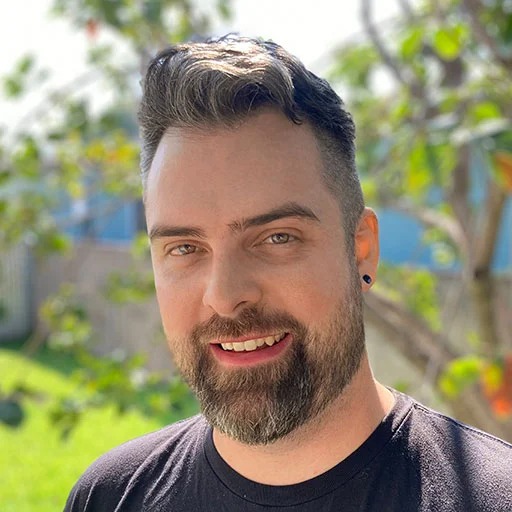After graduating with a degree in Oceanography and a minor in Computer Science, I wasn’t exactly swimming in obvious job opportunities. But I did have some coding knowledge, a growing comfort with tech, and a drive to make something happen.
That drive landed me a part-time position at a gardening wholesale company called Humboldt Wholesale. They were based right in Arcata, California—the same town where I had gone to school—and they needed someone in their marketing department to manage their website and handle various digital tasks.
I hadn’t formally studied web development. I didn’t have agency experience. But I’d built enough small coding projects to prove I could work with HTML, CSS, and WordPress. That was enough to get me in the door.
Wearing Every Hat in the Marketing Department
Once I got settled in, the scope of my role expanded quickly. I was brought in to manage Humboldt Wholesale’s main site, but I also took on their top-selling brand’s site—House & Garden Nutrients. From there, it snowballed.
I taught myself Adobe Photoshop and Illustrator, and along with guidance from the head of the marketing department, Sam Kagan, I was able to help with promotional materials. I learned how to prep files for print, how to design layouts for billboards and brochures, and how to help produce a full-blown magazine. I became a marketing Swiss Army knife—able to design, code, edit, and publish across multiple mediums.
It was a lot of work, but I loved it. It let me stretch my tech skills while learning how to support real-world business goals. For the first time, I wasn’t just experimenting—I was producing tangible results for an actual company. That validation meant a lot.
Then the Layoff Happened
Roughly a year and a half into the role, the ground shifted.
House & Garden, the brand I had been working closely with, was originally based in Holland. Due to changing regulations in the Netherlands, the company faced a tough decision: shut down or relocate. Humboldt Wholesale decided to buy the company and move operations to Arcata.
The acquisition stretched resources thin. Teams were restructured, budgets reallocated—and my position was cut.
I was laid off.
It was a gut punch. I had just started to feel like I was hitting my stride, only to have the rug pulled out from under me. But after the initial shock wore off, I realized something: I finally had the time and motivation to bet on myself.
The Idea That Changed Everything
In the months after my layoff, I kept thinking about the House & Garden product line. Their nutrients came in multiple components, each with its own dilution rate and growth stage use. Mixing them correctly involved a lot of math—and a lot of reliance on their desktop-only nutrient calculator.
That’s when it hit me: what if I built a mobile app version?
Most growers didn’t have reliable internet in their grow spaces, and the desktop tool was clunky on phones. A native app could solve both problems. I could make the calculator mobile-friendly, functional offline, and wrap it all in a sleek interface that simplified the user experience.
I started building it. I wasn’t a professional app developer, but I had learned enough from school, work, and self-teaching to figure it out. I kept things lean, tested constantly, and focused on solving a specific pain point I knew the user base had.
Pitch, Sell, Launch
Once I had a working prototype, I pitched it to Humboldt Wholesale.
To my surprise, they were interested. I walked them through the app, showed how it streamlined nutrient calculations for all stages of growth, and demonstrated how it could be a value-add for their customers. It worked offline, was easy to use, and gave growers everything they needed in the palm of their hand.
They agreed to further development—and eventually, I sold the app to them.
That project changed everything. It gave me something I could point to as proof of my skills. It showed that I could not only build something technical—but build something people needed.
Building Momentum
With the app under my belt, I started reaching out to other local businesses. One of my first new clients was The Minor Theatre—one of the oldest movie theaters in the country, also located in Arcata. A local businessman had just purchased the theatre, and they needed a website rebuild and ongoing management. I got the job.
That led to work with UpNorth Distribution, a cannabis distributor also based in Arcata. I helped them with web development and packaging design. Through those projects, I continued sharpening my skills, growing my network, and gaining confidence.
Eventually, my work caught the attention of larger agencies—including RSO—and soon I was contributing to projects for companies like Adobe.
It all traced back to one moment: getting laid off.
Next in the Series: Part 5 — Byte Jockeyz to Alkalyne: Building the Brand
In the final post of this series, I’ll share how my freelance identity evolved—from “Byte Jockeyz,” a reflection of my tech-meets-music roots, to Alkalyne Solutions, the business I run today.

